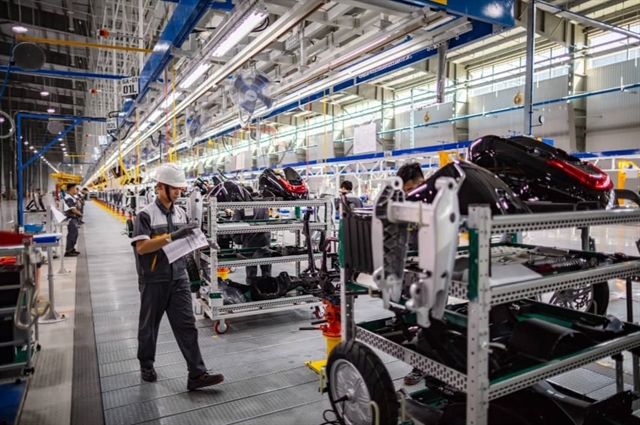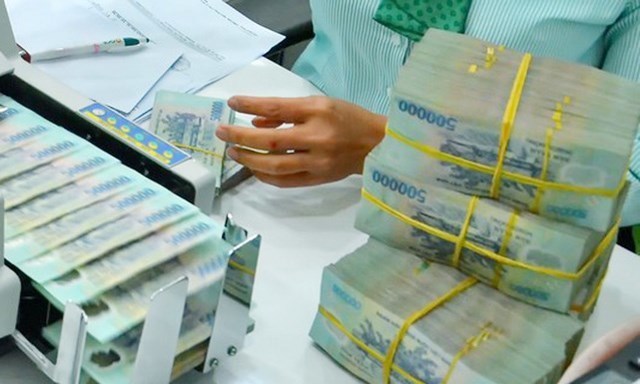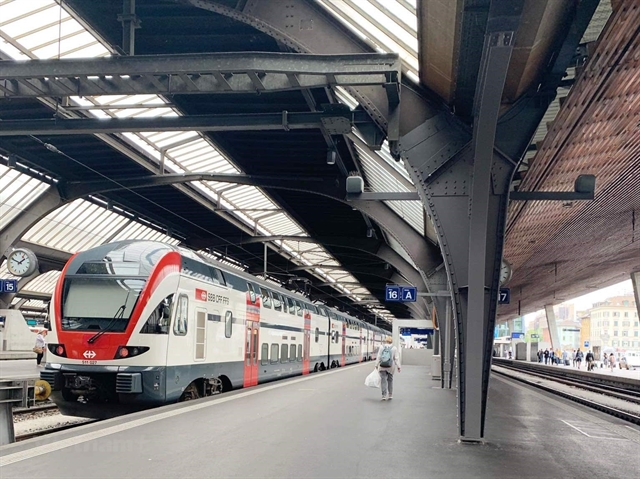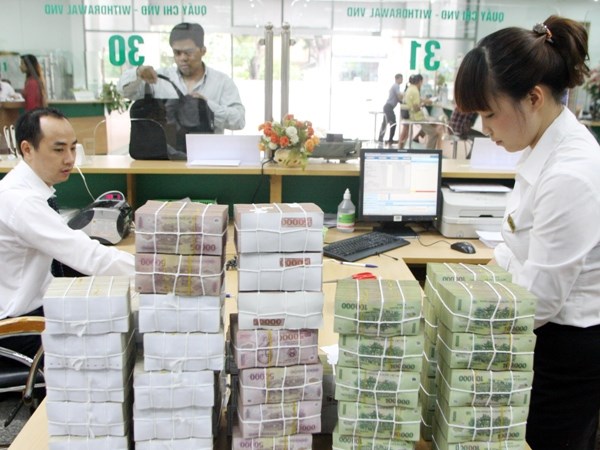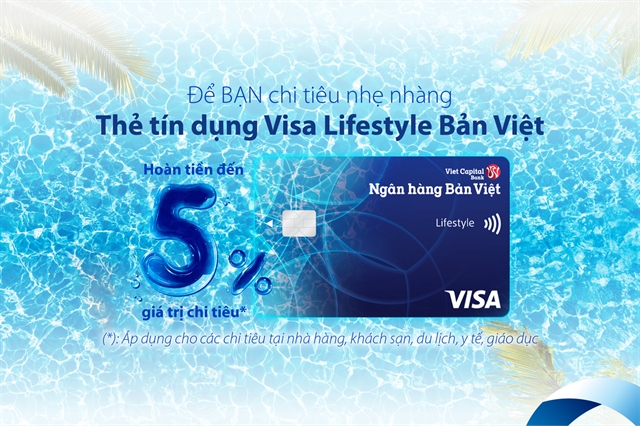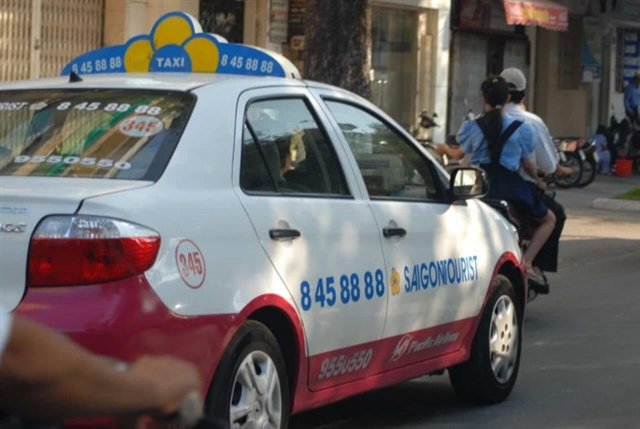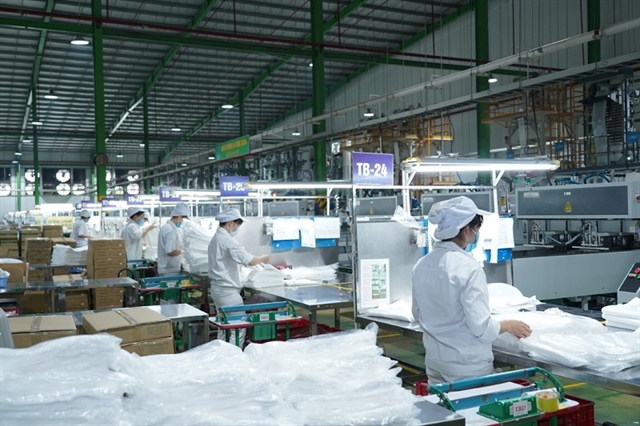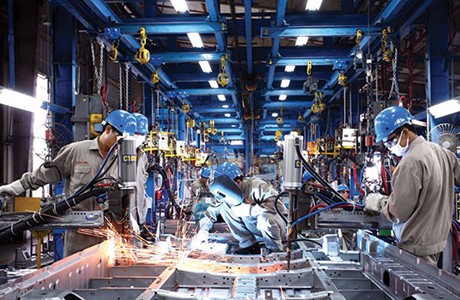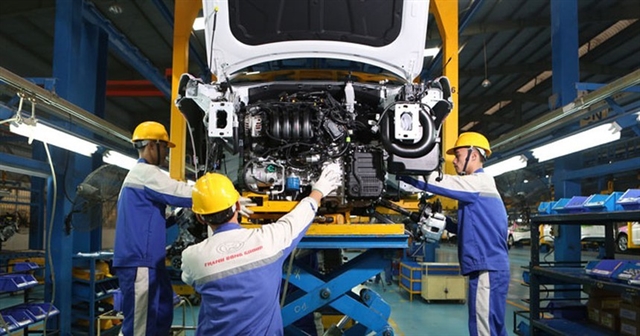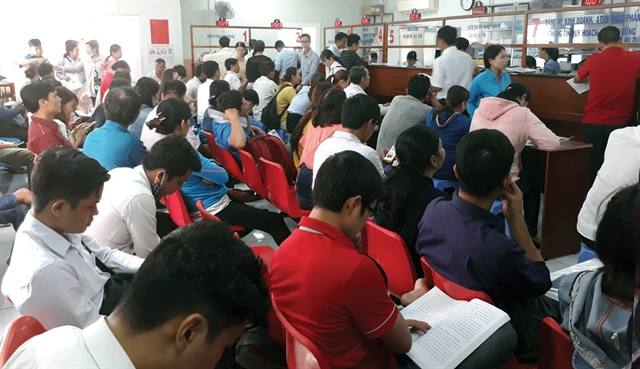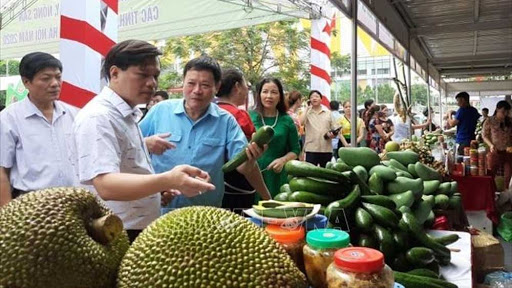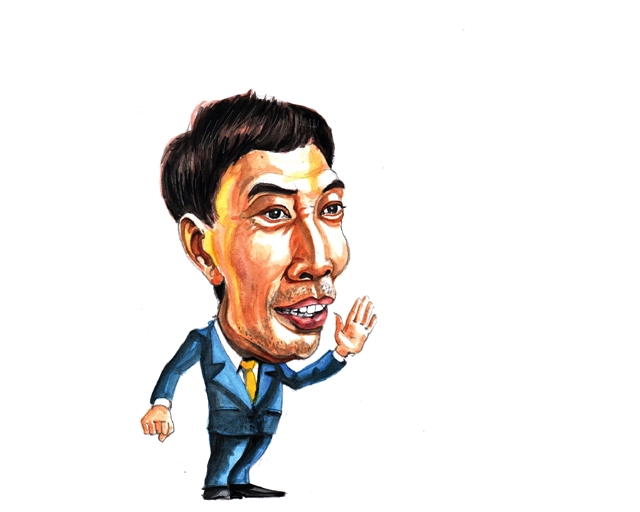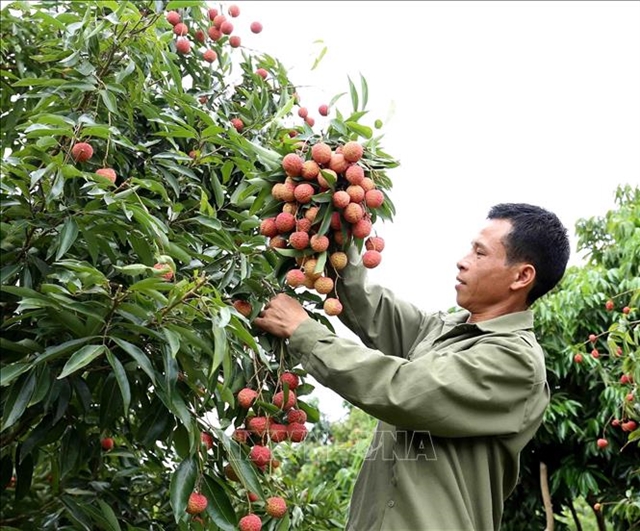
Cashless payments in Việt Nam is now strongly development. Đặng Tuyết Dung, Visa Country Manager for Việt Nam and Laos,speaks about the trend and the benefits cashless payments bring to merchants and consumers.
What is the status of non-cashpayments in Việt Nam now?
Digital payments in Việt Nam, while relatively new, is gaining strong attraction in the market as a number of different statistics show.
Firstly, according to our advanced global processing network, VisaNet, the value of transactions done using Visa cards in Việt Nam increased by 39 per cent in 2019, while the number of transactions grew by 54 per cent. Overall, people are using their Visa cards more often, and they’re using them to spend more, all of which are fundamentally positive trends.
Recently, we commissioned the Visa Consumer Payment Attitudes study, which surveyed a broad demographic mix of consumers across the country on their perspectives and expectations of a variety of different payment methods.
One of the standout statistics from the study was that 74 per cent of consumers expect to increase their use of non-cash payment methods in the next 12 months.
We also did this survey in several other Southeast Asian markets, and Việt Nam actually had the highest affirmative response to this question. Again, this demonstrates a very real sense of positivity and interest around digital payments in this market.
Contactless is one of the next ‘big things’ in digital payments. How are consumers taking to this new technology?
Contactless payments is a new technology that allows you to simply tap your Visa card, or your smartphone or smart device, on a terminal to pay, rather than swipe or insert a card. It is based on secure chip technology; contactless cards have a tiny antenna which can be read by POS terminals when they are within 4cm. During this process, the card never needs to leave your hand, and it is extremely fast: POS terminals can typically read a contactless card or device in less than half a second.
Consumers in Việt Nam are starting to embrace contactless payments as a fast, secure and more convenient way to pay.
The study found that 37 per cent of respondents were using contactless payment cards while, interestingly, even more are using mobile contactless payments: 42 per cent. The vast majority of those already using contactless payment methods have found that they are becoming a regular payment method in their lives, with 85 per cent using them at least once a week.
What benefits are there for merchants to accept digital payments?
I think, first and foremost, by accepting digital payments merchants are opening up their businesses to potential customers from all around the world. Put it this way: I think we can all relate to being in a situation where you just happen to walk past a store and something catches your eye that you really like but don’t have any cash in your wallet. If the shop has the ability to accept digital payments, then that’s one sale they may not have otherwise made.
This is particularly important for businesses who get a lot of traffic from tourists. These customers often don’t want to be carrying large sums of foreign currency around, and yet they are also often the ones who want to make ‘impulse’ purchases.
Outside of being able to encourage more business, digital payments reduce the amount of labour required from employees, both in terms of the amount of time spent handling cash during a transaction and banking. These activities can be labor intensive, and ultimately draw employees away from undertaking more productive activities on the job.
The fact of the matter is that cashless transactions benefit both businesses and customers, and that these benefits go both ways. So when customers have a better experience, the merchant benefits from increased transactions and shopper loyalty, and when merchants are operating more efficiently and effectively, they can better serve customers. It is really a win-win proposition.
What do you think needs to be done to encourage more Vietnamese consumers to go cashless?
Firstly I’d like to say that we at Visa support the Vietnamese Government’s goal of transitioning to a more cashless economy and we are working closely with a number of stakeholders in order to make this objective a reality. But what we are also seeing is strong public support for the measure: in our Visa Consumer Payment Attitudes study, 79 percent of Vietnamese respondents indicated that they support the government’s desire to ‘go cashless’, the highest rate in the region.
Firstly, I think educating consumers and merchants on the benefits of digital payments is key to greater adoption. Secondly, we need to provide consumers with more opportunities to use digital payments, and this also dovetails with my first point because we need to work closely with merchants in particular to help them understand the enormous benefits digital payments bring to their businesses.
When we surveyed Vietnamese consumers, we found that of those that were carrying less cash, the most commonly stated reason for doing so was that they found more places offering digital payment options. If we can continue this trend of merchants accepting digital payments, then more shoppers are likely to make the switch from cash to cardor smartphone payments.
We are also working at the moment to encourage not just non-cash payments but also contactless payments. We will run promotions to encourage consumers to try new ways of paying, which ultimately will help to change payment behaviours.
How do you see the payments eco-system in Việt Nam evolving in the short to medium term?
We are seeing incredible opportunities with more consumers engaging in e-commerce and using mobile payments. I believe one of the big changes we are going to see is that there will soon be a generation of consumers in Việt Nam for whom using digital payments is second nature. They will also be accustomed to paying with their smartphone and smartwatch. Vietnamese consumers are fast adopters of new technologies, and with the digital economy increasingly becoming a part of people’s day-to-day lives, digital payments too will be a part of everyday life.
